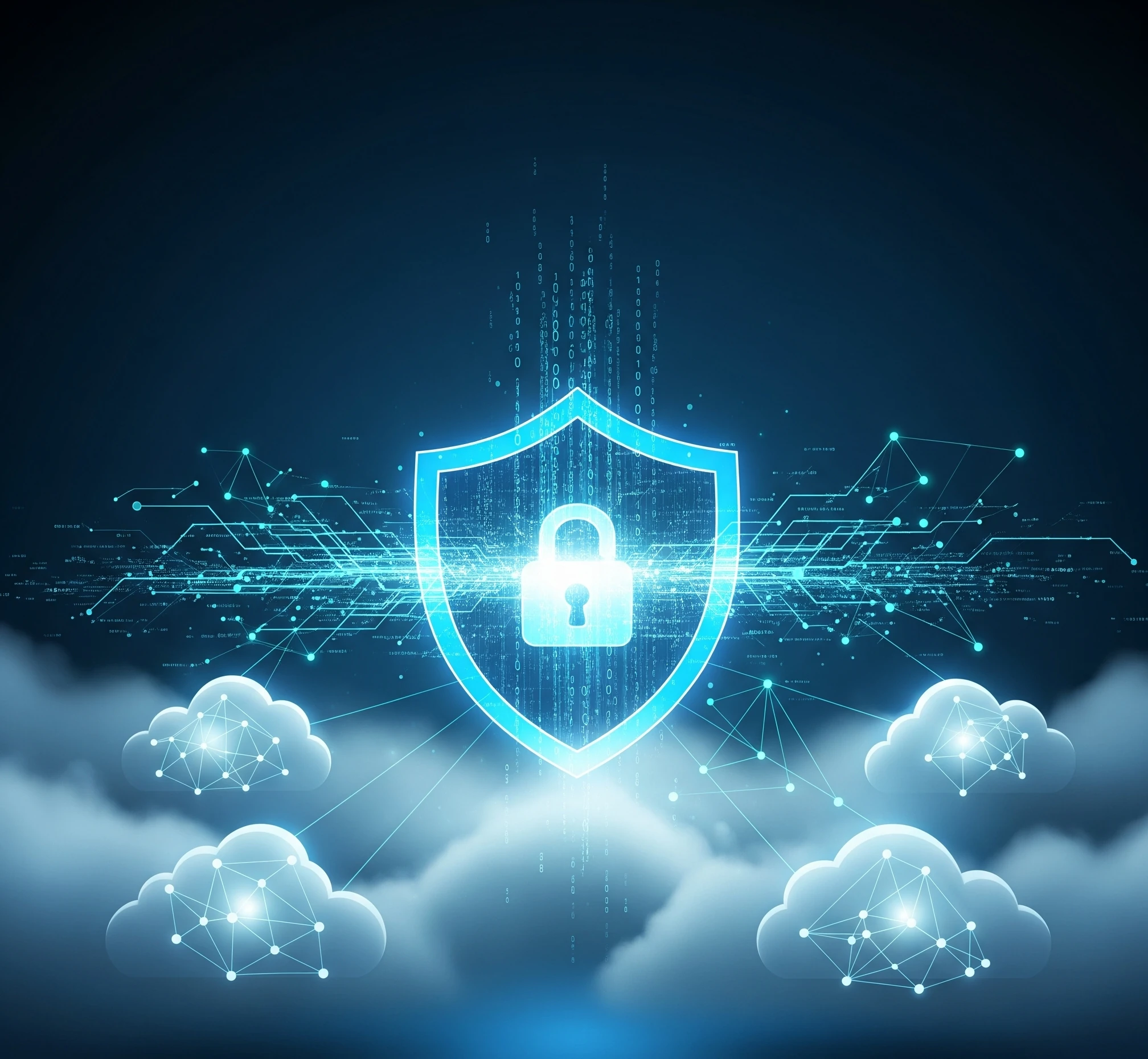
Beyond the Basics: What South African Businesses Need to Know About Modern Cloud Security
For many South African businesses, the journey to the cloud has moved beyond a question of “if” to “how” and “how securely.” The benefits of cloud computing—scalability, flexibility, cost-efficiency, and enhanced collaboration—are undeniable. However, as businesses deepen their reliance on cloud environments, the approach to security must also evolve beyond the basics.
Simply migrating your servers to a cloud provider and assuming their inherent security is enough is a dangerous misconception. Modern cloud environments, particularly multi-cloud or hybrid cloud setups, introduce unique complexities and a shared responsibility model that demands a sophisticated, proactive security strategy.
The Evolving Landscape of Cloud Security Challenges
While cloud providers offer robust infrastructure security, securing your data and applications within that infrastructure remains your responsibility. For South African businesses, this responsibility is amplified by factors such as:
- Data Sovereignty and Compliance: Navigating local regulations (like POPIA) alongside international standards (like GDPR if dealing with international data) when data is stored across different cloud regions.
- Skill Shortages: A lack of in-house cloud security expertise can leave businesses vulnerable.
- Sophisticated Attack Vectors: Cloud environments are attractive targets for cybercriminals, who constantly develop new methods to exploit misconfigurations, weak access controls, and API vulnerabilities.
- Visibility Gaps: In complex multi-cloud environments, getting a unified view of your security posture across different platforms can be challenging.
Moving Beyond Basic Cloud Security: Key Considerations
To truly secure your cloud assets, South African businesses need to adopt a “beyond the basics” mindset. Here are critical areas to focus on:
- Shared Responsibility Model – Understand Your Role:
- Cloud providers secure the “cloud itself” (the underlying infrastructure).
- You are responsible for security IN the cloud (your data, applications, operating systems, network configurations, identity and access management). A clear understanding of this division is fundamental.
- Identity and Access Management (IAM) is Paramount:
- Least Privilege Principle: Grant users and services only the minimum permissions necessary to perform their tasks.
- Strong Authentication: Implement Multi-Factor Authentication (MFA) for all cloud access, without exception.
- Regular Audits: Continuously review and revoke unnecessary access permissions.
- Data Protection and Encryption Everywhere:
- Encryption at Rest and in Transit: Ensure all sensitive data is encrypted both when stored in the cloud and when moving between systems.
- Data Loss Prevention (DLP): Implement solutions to detect and prevent unauthorized transmission of sensitive data.
- Data Backups and Recovery: Even in the cloud, a robust backup and disaster recovery plan is non-negotiable.
- Configuration Management and Posture Management:
- Cloud Security Posture Management (CSPM): Tools that continuously monitor your cloud configurations for misconfigurations, compliance deviations, and vulnerabilities. This is crucial as misconfigurations are a leading cause of cloud breaches.
- Automated Remediation: Where possible, automate the detection and remediation of common security misconfigurations.
- Network Security in the Cloud:
- Cloud Firewalls and Security Groups: Properly configure these to control traffic flow.
- Micro-segmentation: Isolate workloads and applications within your cloud environment to limit the lateral movement of threats.
- DDoS Protection: Utilize cloud-native solutions to protect against distributed denial-of-service attacks.
- Threat Detection and Incident Response:
- Cloud-Native Logging and Monitoring: Leverage cloud provider logging tools and integrate them with a Security Information and Event Management (SIEM) system for centralized visibility and threat detection.
- Automated Alerting: Set up alerts for suspicious activities or security incidents.
- Incident Response Plan: Develop a specific plan for responding to cloud security incidents.
- Compliance and Governance:
- Map Controls to Regulations: Ensure your cloud security controls meet the requirements of POPIA, PCI DSS, ISO 27001, and any other relevant industry standards.
- Regular Audits and Reporting: Demonstrate compliance through continuous monitoring and reporting.
Modern cloud security is not a one-time project; it’s an ongoing journey that requires continuous vigilance, expertise, and the right tools. For South African businesses looking to fully leverage the power of the cloud without compromising security, partnering with an experienced IT provider is key.




